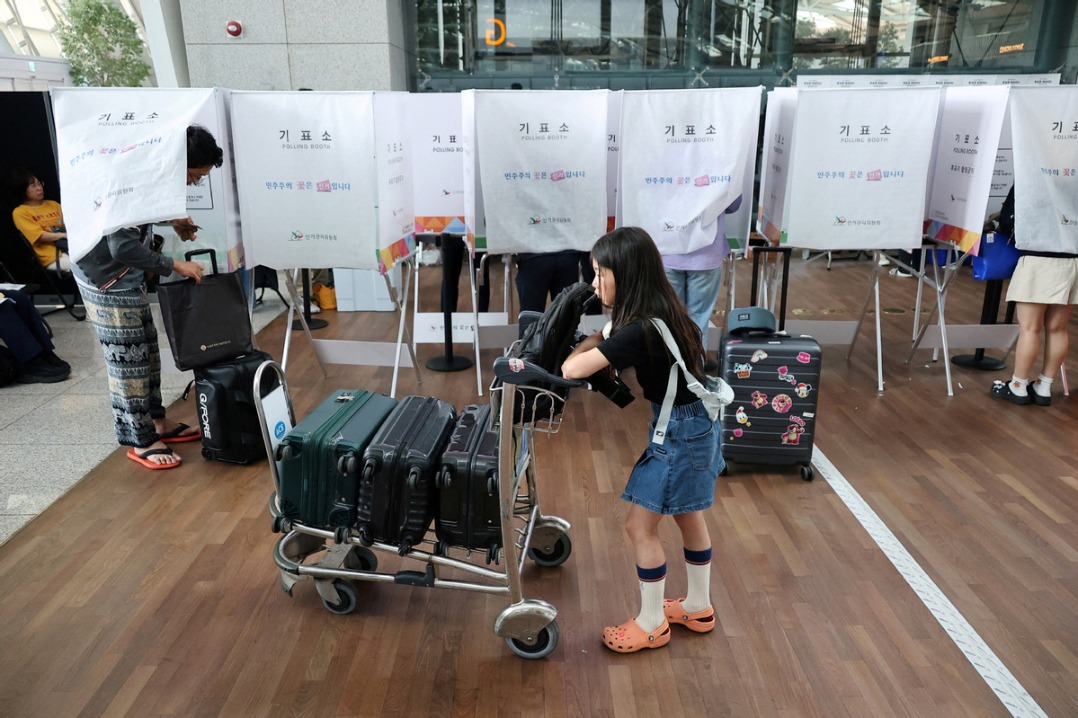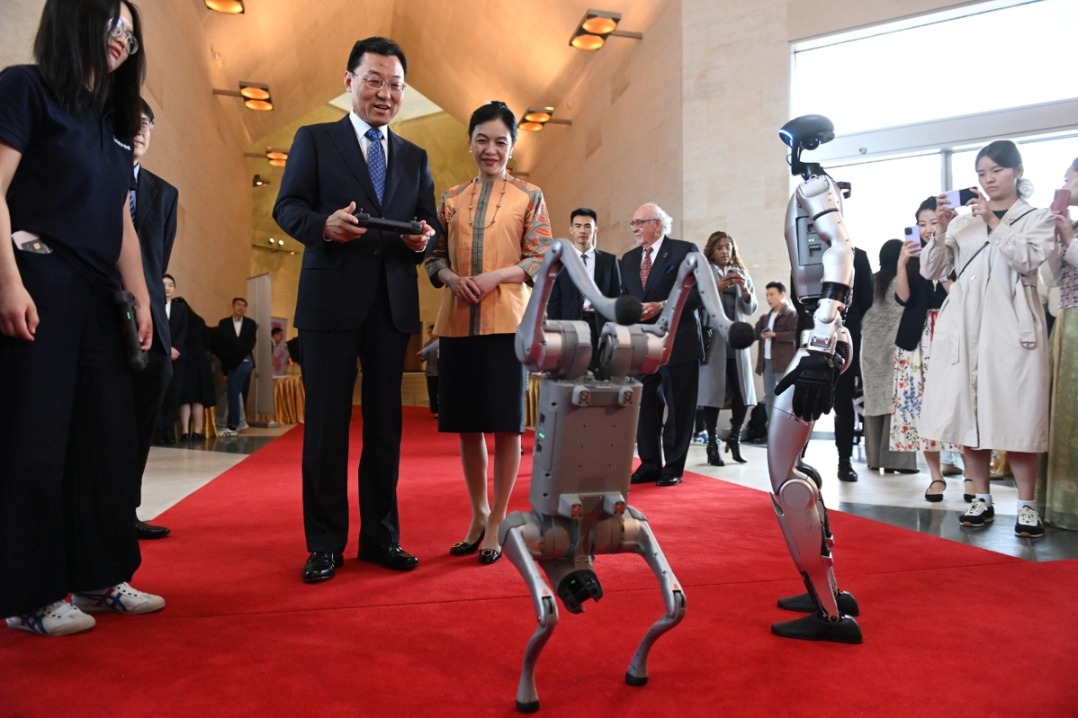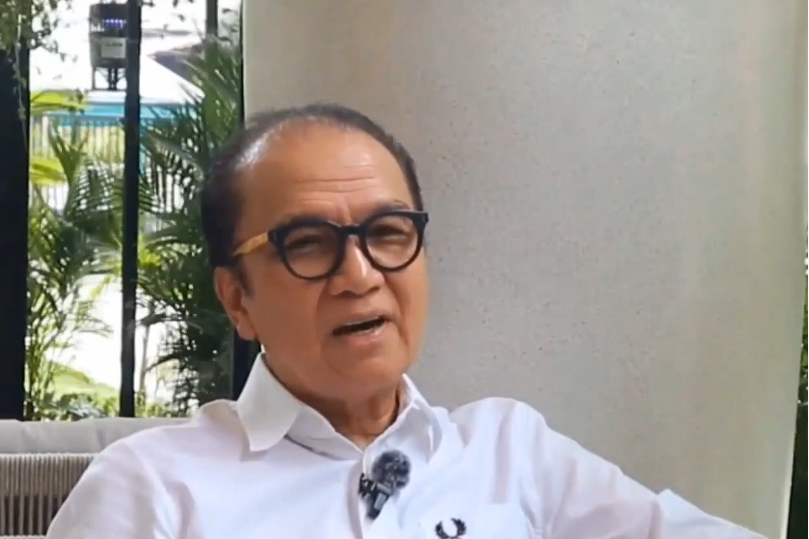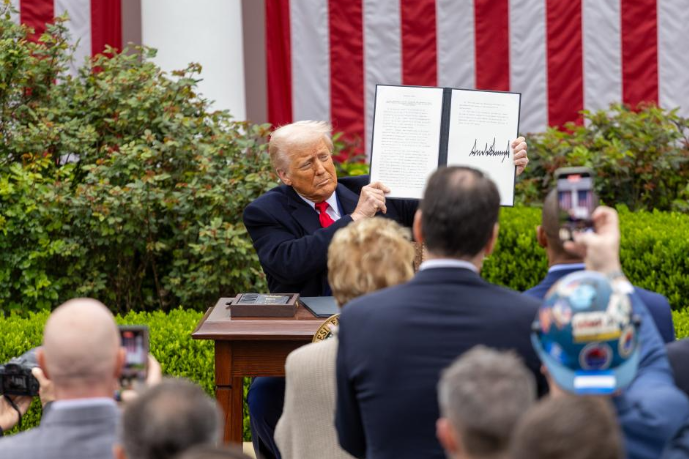Harmonized standards can make Belt and Road a driver to attain SDGs

It is nearly four years since all 193 members of the United Nations approved the 2030 Sustainable Development Agenda, and the 17 Sustainable Development Goals. In that time there has been an unprecedented global mobilization of human and financial resources to protect the environmental sustainability of our planet and create a peaceful and prosperous world for future generations, a world in which poverty is eliminated and "no one is left behind".
The Belt and Road Initiative, with its goal of win-win and inclusive development, is already supporting the economic and social development of countries across Asia, Europe, Africa, and Latin America. It has started enhancing infrastructure connectivity, policy coordination, unimpeded trade flows and financial integration, while fostering people-to-people exchanges in BRI partner countries. However, as the number of participating countries steadily increases, the BRI has the potential to do even more. It could provide a tremendous boost to global economic, environmental and social sustainability, the three key pillars of the 2030 Agenda.
What needs to be done to help ensure that this happens? Global experience in financing development indicates that the key to more closely aligning the BRI with the SDGs will be to develop and consistently apply to all BRI projects a set of harmonized environmental, social and economic standards that apply at all stages of project implementation.
It is in this context that United Nations Development Programme and a Chinese institution are producing a new study reviewing the actual practice of applying financing and investment standards for sustainable development within China and the rest of the world. This study distills the common core of rules and standards multilateral and national development banks employ to ensure social, environmental and economic sustainability of their projects, and of similar standards of Chinese financial institutions. It provides forward-looking elements to safeguard global and regional public goods provision where current practices might lead to new risks in the future-particularly important for long-horizon infrastructure investments. The aim is to identify a core set of practices that could-together with relevant UN conventions and agreements-serve as building blocks for harmonized BRI standards that could be applied in diverse partner countries.
Harmonizing standards and regulations along the Belt and Road and aligning them with international best practices on sustainable development will require time, and coordinated and cooperative efforts of all parties. But it is fundamental for genuine connectivity, and it will help make BRI a driving force for environmental sustainability, transparency and efficiency, openness and inclusiveness in BRI partner countries and globally.
Harmonized standards will need to build on these countries' existing standards and regulations-with capability-enhancing technical assistance to strengthen their institutional and human resource capabilities as part and parcel of BRI implementation. This will support the process of harmonization at a level compatible with SDG attainment and global best practice, and enable partner countries to adopt, monitor, and enforce these standards.
Local communities would benefit from such standards. They would help reduce their vulnerability to environmental and social risks-including conflict-and improve their livelihoods and the local environment. Local communities' ability to voice their needs and concerns would strengthen, together with their ownership of projects.
Given China's size and the far-reaching scope of the BRI, applying and consistently enforcing these standards along the entire Belt and Road could play a critical role in driving the change toward more sustainable infrastructure investment, and indeed, toward global sustainable development. The risks that inevitably arise in such a large and ambitious initiative could be better contained, increasing the impact of its projects in enhancing global connectivity.
In addition to more effectively advancing SDG achievement in individual BRI partner countries, this will also enhance China's global role, and that of the BRI itself, as a force for sustainable development.
The author is UN assistant secretary-general and UNDP assistant administrator and director of the Regional Bureau for the Asia the Pacific.
































